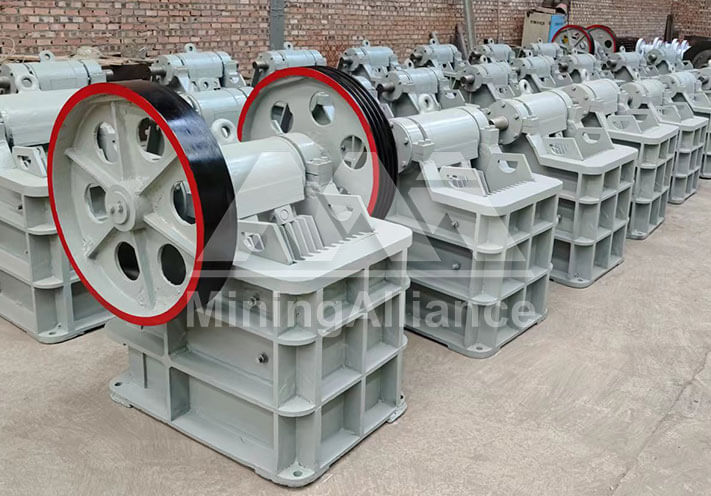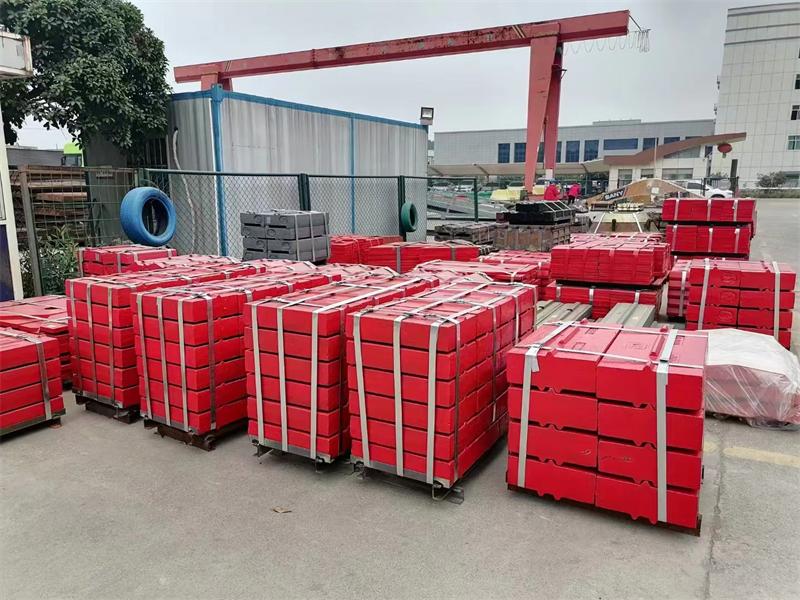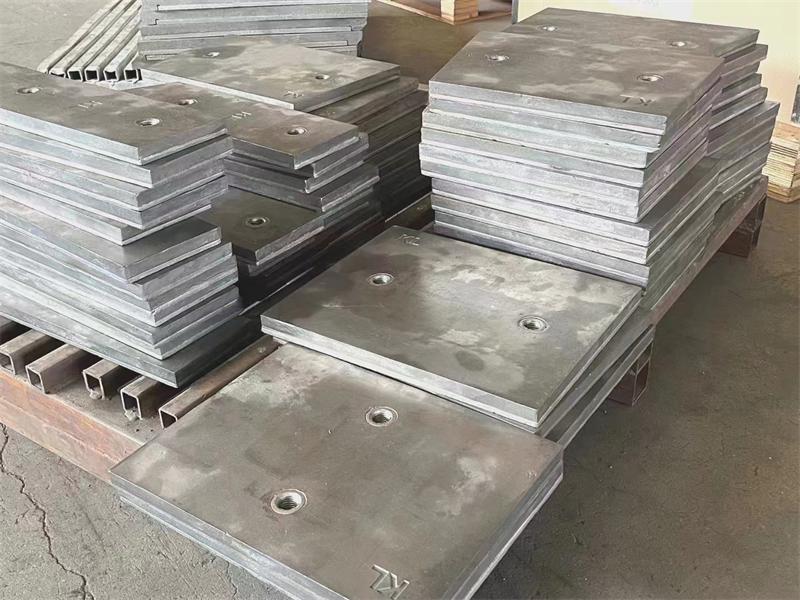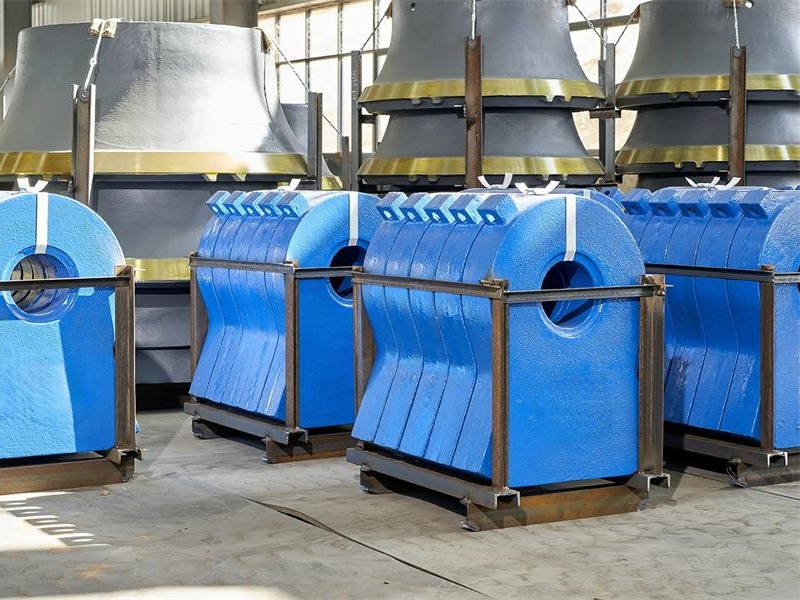The toggle plate in a jaw crusher is a deceptively simple component with a highly important role. Situated between the moving jaw and the machine’s frame, it functions as both a mechanical linkage and a safety mechanism, ensuring proper force transmission while providing a crucial point of failure in case of overload.


From a mechanical standpoint, the toggle plate converts rotational energy from the eccentric shaft into the reciprocating motion of the swing jaw. Its precise movement regulates the crushing action and helps maintain the geometry of the chamber for consistent output sizing. It also determines the motion path of the jaw, thereby impacting the crushing efficiency and throughput rate.
However, the more critical role of the toggle plate is that of a mechanical fuse. In scenarios where an uncrushable object—such as a piece of iron or steel—enters the crushing chamber, the toggle plate is designed to break or bend, protecting more expensive components like the jaw, shaft, or frame from catastrophic damage. This failsafe feature is particularly important in primary crushers, which often handle raw and unprocessed material.
Manufactured from cast iron or low-carbon steel, toggle plates must strike a balance between strength and controlled deformability. Some systems even use dual-toggle plates to enhance force distribution and provide a secondary safety layer.
In the case of mobile crushing stations, where the crushing environment is dynamic and unpredictable, the role of the toggle plate becomes even more vital. Whether working on-site at a demolition project, road construction area, or remote quarry, the mobile jaw crusher is frequently exposed to foreign objects, variable material hardness, and uneven loading conditions. A robust and responsive toggle plate ensures that the system can withstand these operational shocks without compromising safety or incurring significant repair costs.
Another functional aspect of the toggle plate is its influence on discharge opening adjustments. By replacing toggle plates of different thicknesses, operators can fine-tune the output size of the crushed material, which is essential for meeting specific project requirements.
Modern mobile crushers have also adopted quick-release toggle mechanisms to facilitate rapid maintenance and minimize downtime. These improvements make toggle plate servicing more practical in field conditions, adding to the mobility and convenience of mobile crushing solutions.
In conclusion, the toggle plate serves not only as a force transmission component but also as a multi-functional safety, control, and adjustment system—a small part with an outsized impact on equipment longevity and operational flexibility.




